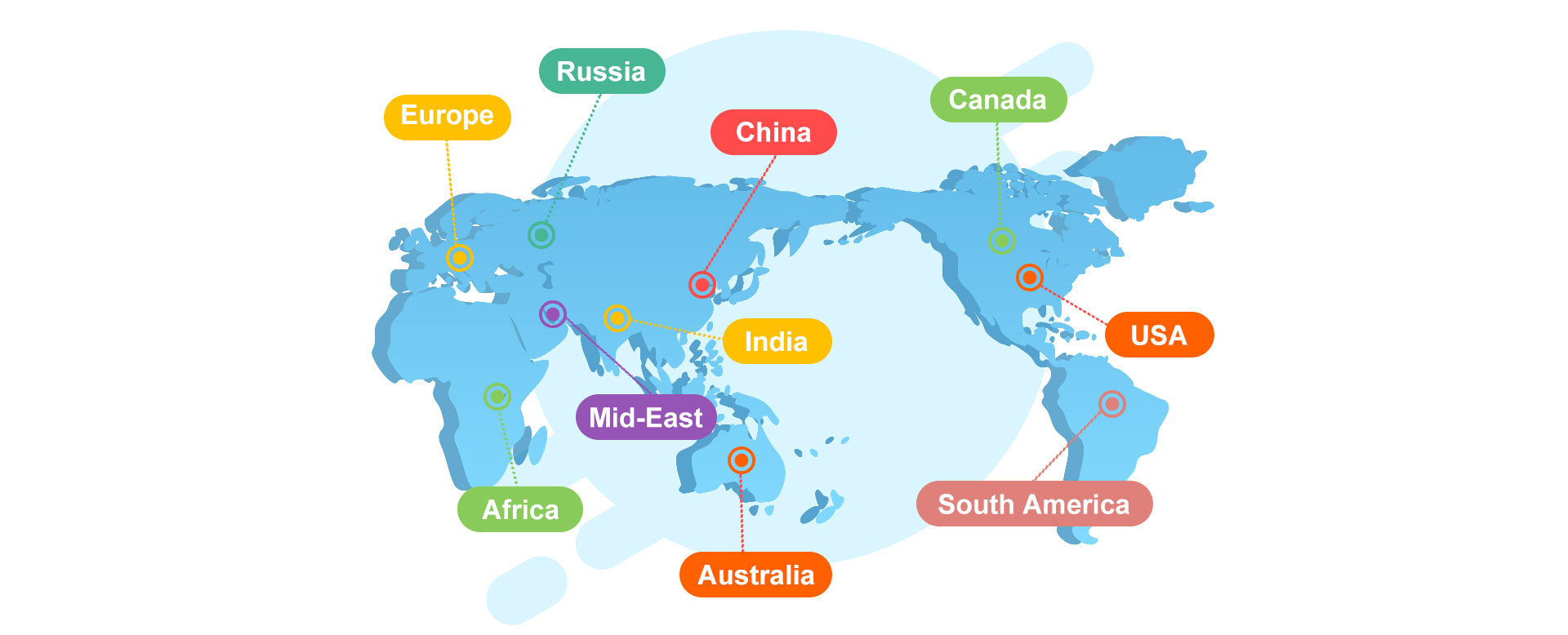Investment in Ice and Snow Park or Ski Resort: A Comprehensive Analysis
When considering investing in the ice and snow entertainment industry, investors often face a choice: to invest in an ice and snow park or a ski resort? Both options have their own advantages and disadvantages, and the right choice will depend on a range of factors, including target market, location, budget, operational experience, and long-term business plans. Below is a comprehensive analysis of these two investment options:
- Target Market and Customer Base
Firstly, investors need to clarify their target market and customer base. Ski resorts typically attract those who enjoy skiing and snowboarding, who may be professional skiers or families seeking winter sports and entertainment activities. In contrast, ice and snow parks may have a broader audience, including children, families, group tourists, etc., who may prefer more relaxed recreational activities, such as snow slides, snow sculptures, and ice sculptures.
- Geographical Location and Climatic Conditions
Geographical location and climatic conditions are also important factors that determine the type of investment. Ski resorts typically require a large amount of natural or artificial snow, as well as suitable mountainous terrain for skiing, which may limit their possible locations. On the other hand, ice and snow parks can be established in more places, as long as they have sufficient space and equipment to create an ice and snow environment.
- Initial Investment and Operating Costs
Ski resorts usually require higher initial investment and operating costs, including land leasing or purchase, ski slope construction, ski equipment acquisition, maintenance, and insurance expenses. In comparison, the initial investment and operating costs of ice and snow parks may be lower, especially if mobile or modular equipment is used.
- Operational Experience and Expertise
Operating a ski resort or an ice and snow park requires different types of expertise and experience. Ski resorts need professional ski instructors, ski slope maintenance personnel, and safety management staff. Ice and snow parks require experienced recreational activity planners, customer service personnel, and marketing personnel.
- Revenue Potential and Business Model
The revenue potential and business models of ski resorts and ice and snow parks also differ. Ski resorts generate income from ticket sales, ski equipment rentals, coaching services, catering, etc. Ice and snow parks may generate revenue through ticket sales, sponsored events, food and beverage sales, etc. Which model is more profitable will depend on multiple factors, including customer numbers, customer spending habits, operating costs, and market competition.
- Sustainability and Environmental Impact
Finally, investors also need to consider the impact of their investments on the environment and society. Both ski resorts and ice and snow parks can have impacts on the local environment, such as increasing traffic congestion, consuming large amounts of water resources, and generating waste. Investors need to ensure that their businesses comply with all relevant environmental regulations and adopt sustainable operating methods to reduce environmental impacts.
In summary, deciding whether to invest in an ice and snow park or a ski resort is a complex decision-making process that requires consideration of multiple factors. Investors need to conduct a comprehensive assessment of their target market, location, budget, operational experience, and long-term business plans to determine the most suitable investment choice for them.







